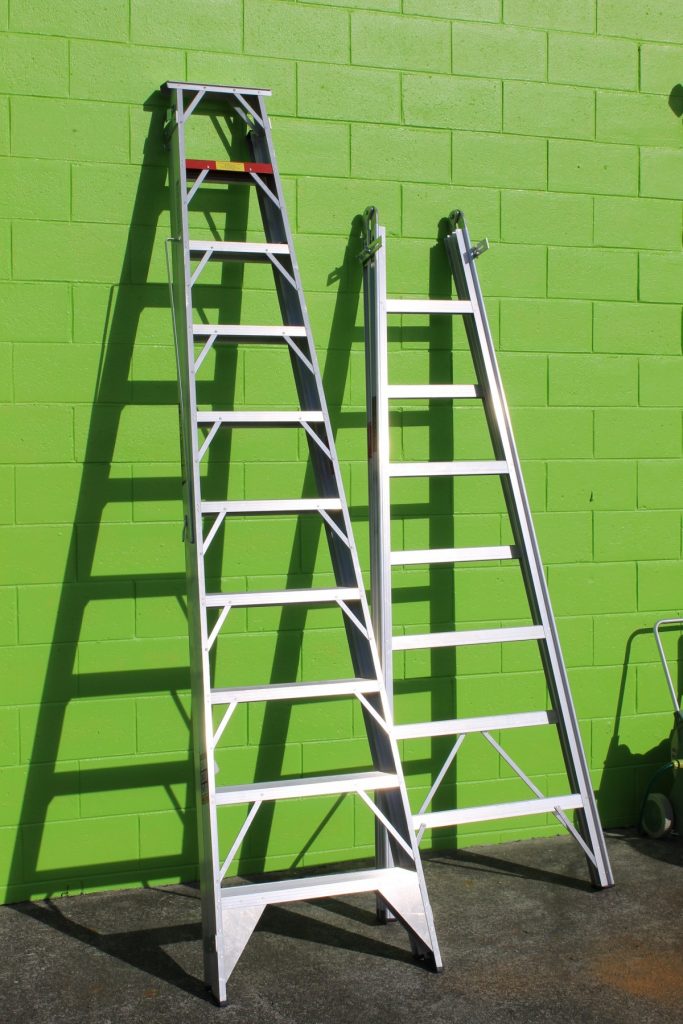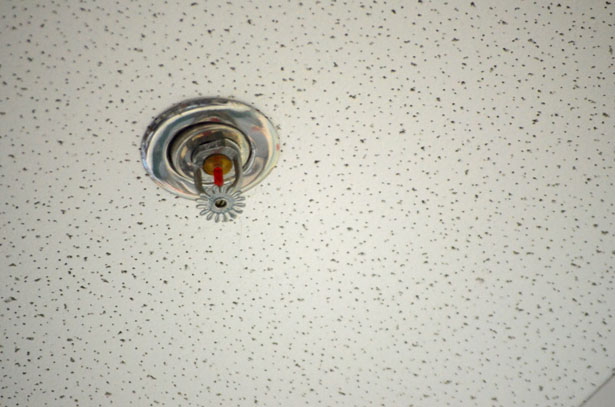In previous posts, we’ve discussed how taking proactive security measures can lower insurance premiums for homeowners. For example, we wrote a post several months back answering the question, “Should I Have My Security System Monitored?” In that post, we pointed out that having your security system monitored can lower your insurance costs. In this post, we will focus on business security measures that can lower the cost of insurance. We’ll review some specific tips and steps you can take to keep insurance costs as low as possible without lowering your level of coverage.
Unlike homeowners, business owners must often take certain legally-mandated security precautions. For that reason, many business owners learn the minimum business security requirements and utilize them. However, we always recommend going above and beyond minimum security to address any potential issue. Taking extra precautions — and letting your insurance provider know about them — can help lower insurance premiums up front. Furthermore, these precautions can help prevent incidences from occurring and lessen the blow caused by an accident. This in turn keeps insurance costs down by keeping claims at a minimum. We’ll keep both of these factors in mind throughout this post. Let’s begin with the most basic step you can take to start this process: Asking your provider about potential discounts.

Setting up a meeting to ask your insurance agent about potential discounts can go a long way towards cutting your company’s insurance costs.
Ask Your Insurance Provider About Safety-Improvement Benefits
Ultimately, insurance companies base their costs on the perceived risk of an incident at your business. Ask your insurance agent what types of steps you can take to help lower your insurance premiums. Providers often offer rate discounts that you may never know about without asking. Insurance companies may offer incentives to train employees against accidents and address workplace hazards. Taking steps to improve business security against property loss could also trigger discounts on insurance premiums.
Furthermore, companies may reconsider rates if you can work with them to create an accident-prevention plan. Steps that you take to prevent workplace accidents are taken into account by providers. After all, your insurance company knows that you can always shop around for a new provider. If you can show that you take accident prevention and employee safety seriously, they’ll be more likely to provide the most competitive rates possible to keep you with them. Let’s look at some of the most popular measures you can take to help alleviate your insurance burden.
Offer Employee Safety Training
Part of creating a safe work environment is offering the education to reduce preventable workplace incidents. Take stock of the types of specific risks that your employees face on a daily basis. Do some employees work with ladders and bucket trucks? Put them through a fall-prevention training class. Do you have employees working with machinery? Show your insurance company that you provide extensive training on the proper use of these machines.
When you do provide this training, make sure to set up an evaluation and training completion procedure. Insurance providers will not likely take your word that you provide this training. Additionally, consider going above and beyond teaching industry-related material. Even life-safety training can help lower insurance premiums for businesses. CPR classes, for example, can increase overall workplace safety and decrease insurance costs. Ask your insurance provider what types of industry-based and safety-related trainings and certifications could alleviate your rates. Let’s look at another way to help lower the risk of workplace accidents.
Take Steps to Make Accidents Less Likely

Keeping tools and other accident-causing equipment (such as ladders) in good working order can lead to lower insurance premiums.
Providing the proper training can help employees lower their own risk of an accident. Additionally, consider taking steps to make accidents physically less likely at your workplace. Adding railings to walkways, for example, can make a simple fall a less serious event. Placing mats on slipper floors greatly lowers the risk of a fall altogether. Make sure to regularly inspect any equipment associated with the risk of an accident. For example ladders, lifts, drills, and other tools provide frequent sources of workplace accidents. Keep these items in good shape at all times, and replace them when necessary. Taking these steps could save you insurance money by lowering the amount and cost of any claims.
Furthermore, planning out some of these steps with your insurance provider could also save you money up front. Going back to our first step, have a discussion with your insurance provider on the unique risks your business’s industry and office space could provide. Then, go over plans to address these risks specifically. Identifying and addressing risks on your own certainly reduces the risk of workplace accidents. However, involving your insurance company in this process can ensure that you receive any potential rate adjustment that taking these precautions can provide. At this point, we’ve examined addressing accident risks through various means. Now let’s turn our focus to addressing potential loss of property due to a burglary or fire.
Add Burglar Detection with all the Bells and Whistles
Covering the cost of items taken during a potential burglary constitutes a large part of insurance premiums. Therefore, adding business security measures to thwart burglars can decrease your rates. Even a basic, monitored commercial burglary system can reduce insurance rates up front. Just as with accident training and prevention, this step can also reduce the amount of an actual insurance claim. Furthermore, consider adding optional security for your employees. Doing so creates extra security and adds the likelihood of insurance discounts.
For example, installing panic buttons adds security for your employees and could also help with insurance costs. Our post on Panic Button Options for Your Security System covers this topic in depth. Adding interactive cellular monitoring can also up your insurance discount. This service allows you to control your alarm remotely. It also provides you with alerts should anything happen to your system. Most importantly, a cellular dialer allows a security system to communicate with the central station even if a burglar cuts the property’s phone lines. Since many burglars take this precaution, adding cellular monitoring may reduce your insurance rates.
If you do not have a monitored security system in your business, adding one will almost certainly help with insurance costs. If you do have security, talk to your insurance provider about what type of equipment you can add to spark a discount. Let’s look at another monitored service that can help cut the risk for insurance claims, and potentially lower your rates up front as well.

Adding fire detection, such as a sprinkler system, can help alleviate insurance payments tremendously.
Update Fire Detection Measures Beyond the Minimum Requirements
Fires have long remained one of the biggest threats to business security and safety. For this reason, businesses often require quite a bit of fire detection and prevention equipment. Installing these systems often presents a significant hurdle in receiving a Certificate of Occupancy. Fire systems must be designed by either the building architect or a security company, approved by the fire department before installation, and then installed, often over the course of several days. Due to the length of this process and cost of the system, many business owners ask for the minimum accepted detection.
However, adding more detection could have positive insurance benefits. For example, fire systems can communicate over a cell dialer, just as burglar systems can. Adding carbon monoxide detection also adds a layer of extra life safety and another potential discount. Additionally, installing a sprinkler system could greatly lower your insurance payments. Obviously, a sprinkler system also greatly reduces the chances of a fire destroying your business. While only certain businesses require these systems, you can always install one as additional detection. Over time, the insurance discount offered for these systems often pays back the entire installation cost. Review potential fire equipment upgrades with your insurance company to see which safety measures will bring back the greatest return.
Increasing Overall Business Security and Minimizing Insurance Costs
We hope that this post has given you some valuable information to help save on insurance costs for your business. Alert your insurance company to any of these steps that you may consider taking. Doing so will allow you the largest potential discount on your rates. Additionally, just about all of these business security tips will lower the risk of a catastrophic accident. Avoiding major incidents also helps with your overall insurance costs. If you have any questions about the information in this post, please do not hesitate to contact us. We offer free site surveys to help businesses with their overall security plans. We can also provide your insurance company with documentation of any security-related projects we complete to trigger any available rate discounts. Together we can work to provide the best security — and the best insurance rates — for your business.
Feature Photo Credit: Nick Youngson on picpedia.org. Used under CC-SA BY 3.0 License.
